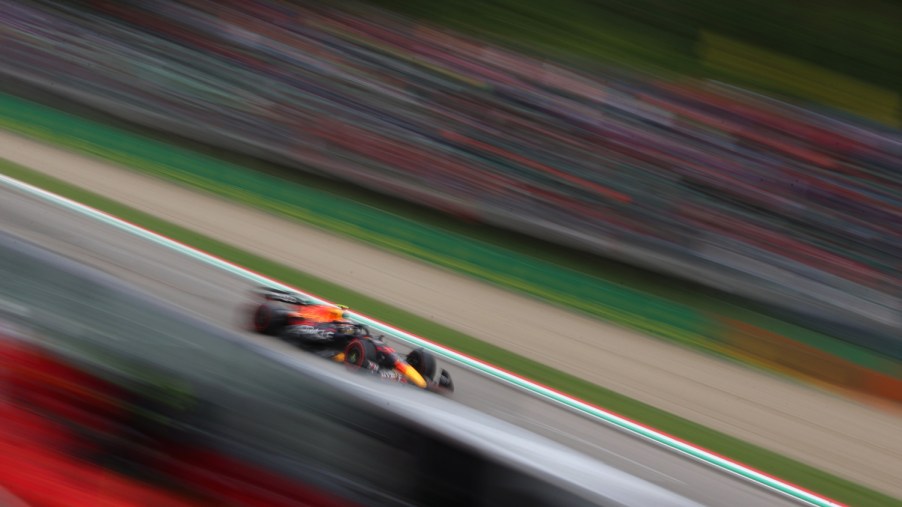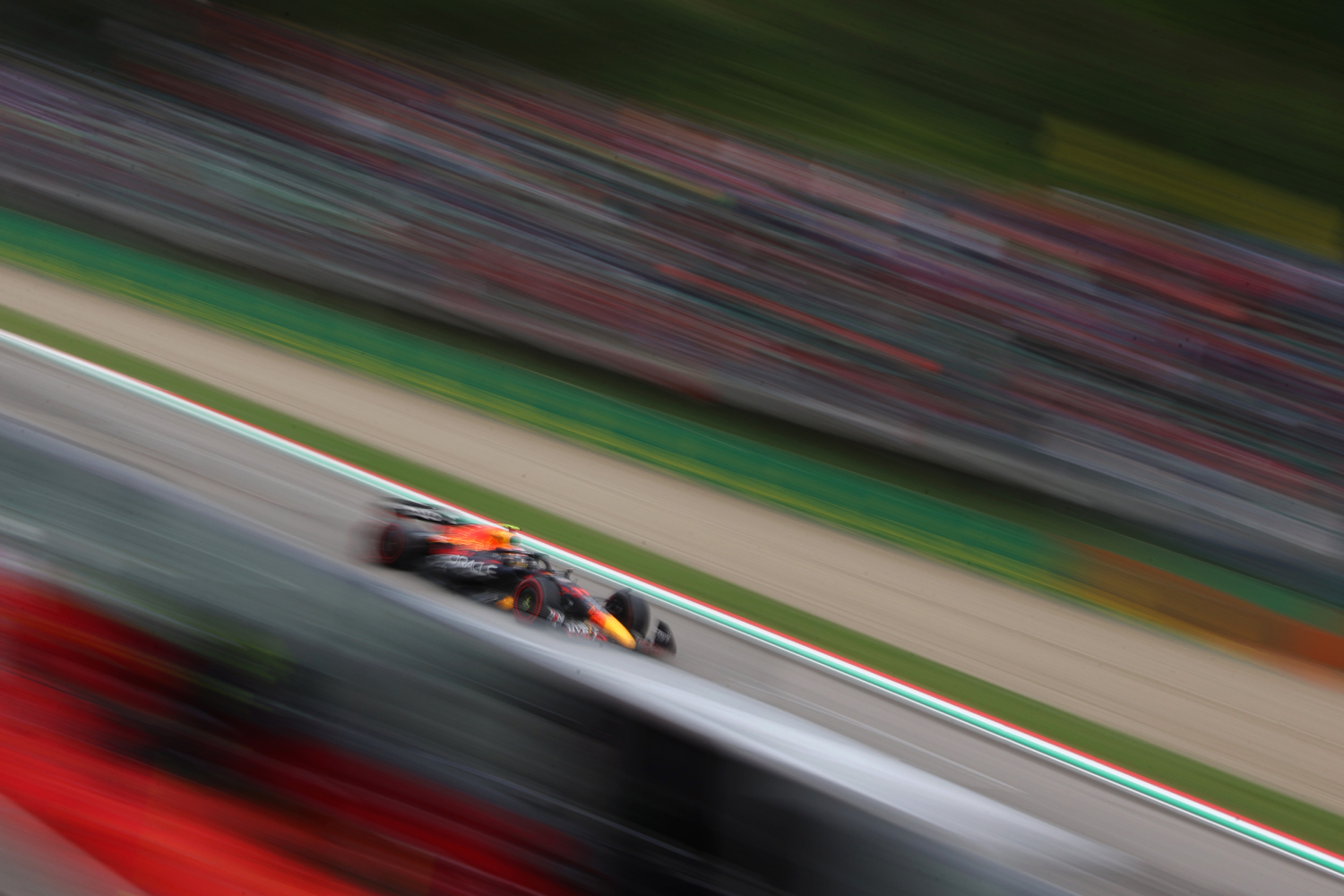
How Fast Does a Formula 1 Car Have to Drive to Go Upside Down?
Who doesn’t want to see an F1 car go upside down? While it is known that Formula 1 cars go pretty fast, how fast would one need to go to hit a tunnel upside down? This probably won’t happen in any F1 race anytime soon, but let’s find out.
You don’t need a Formula 1 car to go upside down, says MIT researchers

The Massachusetts Institute of Technology, also known as MIT, researched driving upside down. The MIT Technology Review proposed that “driving upside down might be easier than it seems.” Previous studies have shown that under the right circumstances, driving upside is possible. One way to do that is by using aerodynamic forces to keep the car upside down.
Formula 1 cars have front and rear wings that help generate force to keep the car on the road. Hypothetically, this could create enough downforce to keep the car on the roof of a tunnel at 140 mph. Fernando Dall’Agnol and his colleagues at the Federal University of Santa Catarina surmised it was possible, but would the engine be able to keep up?
A second option offered uses centripetal force. This has been demonstrated in stunts periodically where the car or motorcycle is driven upside down and held against the road thanks to centripetal force. Similar to the “wall of death” you might see at a circus or online. Once the vehicle is going fast enough, the centripetal force helps keep it against the wall and prevents it from falling.
Formula 1 cars have enough aerodynamic force to go upside down
During this study, Dall’Agnol and co figured out that it was “possible for a car to drive more or less indefinitely on an inverted track, banked at up to 150 degrees, even without aerodynamic forces to help.” At a banking angle of 135 degrees, the car would have to go over 200 mph to stay on the track. With enough aerodynamic downforce, it would be possible. Dall’Agnol and co said it was possible to drive on tracks with enough aero downforce at any angle. An F1 car could probably go upside down at 120 mph.
The engine would have to be sufficient for this to happen in real life. A regular internal combustion engine might need to be modified, so it does not seize while upside down. An aircraft engine or an electric vehicle motor might be a good option (relatively speaking). You would also have to address the brakes to ensure things flow properly while flopping about.
So essentially, if you put an EV motor into a Red Bull Racing Formula 1 car, it would probably go upside down just fine. Or an airplane engine, even.
The problem lies within the engine and oil composition more than in the F1 car
The original F1 website (as reported by Bleacher Report) reads a statement about F1 cars.
“A modern Formula One car is capable of developing 3.5 g lateral cornering force (three and a half times its own weight) thanks to aerodynamic downforce. That means that, theoretically, at high speeds they could drive upside down.”
Formula 1
Gary Anderson, a BBC F1 technical analyst, said something similar.
“The forces reacting on an F1 car push it into the ground and make it lean on its tyres but the car doesn’t care if the ground is above it – or below. So in theory the car could probably drive along upside down in the roof of a tunnel at about 120mph and it would support its own weight, which is how aerodynamics work in aeroplanes.”
Gary Anderson | BBC F1 technical analyst
It seems like the idea of a Formula 1 car going upside is simple once someone figures out the engine/oil situation. It isn’t so much an issue with getting the car upside down but ensuring the components would work while upside down. Don’t expect to see any F1 racing done upside down anytime soon, only sprint races.



